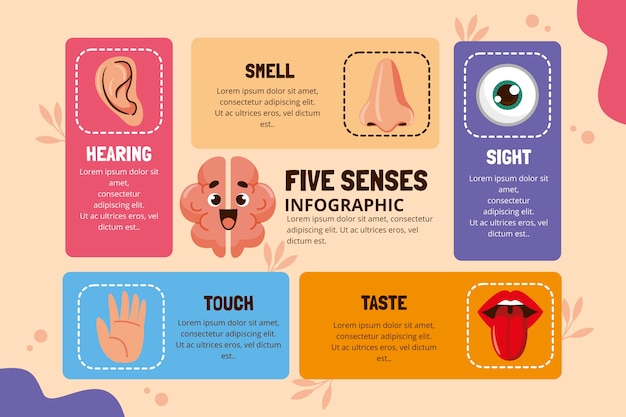Amazing Facts About the Skeletal System

The human skeleton is made up of 206 bones.
The smallest bone in the body is the stapes bone in the ear.
The largest bone in the body is the femur.
Babies are born with around 300 bones, but as they grow, some bones fuse together.
The adult skeleton is composed of approximately 15% of a person’s body weight.
The human skull is made up of 22 different bones.
Teeth are not considered bones, but they are part of the skeletal system.
The hyoid bone in the throat is the only bone in the body not connected to any other bone.
Bones serve as an important storage place for minerals such as calcium and phosphorus.
The spine consists of 33 individual vertebrae.
The ribcage protects vital organs such as the heart and lungs.
Bones are living tissues that constantly undergo a process called remodeling.
The clavicle, also known as the collarbone, is the bone most commonly broken in adults.
The longest bone found in the arm is the humerus.
The skull is formed by the fusion of different bones that occur over time.
Bones contain marrow, where blood cells are produced.
The human skeleton accounts for about 14% of our total body weight.
The bone marrow of a healthy adult produces about 2.6 million red blood cells per second.
The ribcage is more flexible in females than in males to accommodate pregnancy.
The patella, or kneecap, is the largest sesamoid bone in the human body.
Amazing Facts About the Skeletal System part 2
The average adult has 32 teeth, including wisdom teeth.
Bones are stronger than steel, pound for pound.
The metatarsals are the bones in the foot that connect the ankle to the toes.
The muscles in the body work in conjunction with the skeleton to produce movement.
The hip joint is a ball-and-socket joint, allowing for a wide range of motion.
The facial bones form the structure of the face and provide support for the eyes, nose, and mouth.
Bones can heal themselves when they break by forming new cells and tissue.
The bones in our hands and feet contain the highest concentration of sensory nerves in the body.
The coccyx, commonly known as the tailbone, is made up of fused vertebrae.
Bones are constantly being broken down and rebuilt throughout a person’s life.
Osteoporosis is a condition where bones become weak and brittle.
The skull is made up of two main parts – the cranium and the mandible.
The bones of the skeleton protect delicate organs, such as the brain and heart.
The vertebral column, or spine, allows for flexibility and provides support for the body.
The femur is the strongest bone in the human body and can support a lot of weight.
The bones of the hand and wrist contain 27 individual bones.
The human skeleton is more similar to that of a chimpanzee than to any other primate.
The pelvis is wider in females than in males to accommodate childbirth.
The skull is not completely solid; it contains hollow spaces known as sinuses.
The human spine is S-shaped to help distribute weight evenly and support movement.
Bones in the arms and legs are longer and more slender than those in the trunk for increased mobility.
The process of bone remodeling is influenced by factors such as hormones, exercise, and nutrition.
Bones can store fat in addition to minerals, acting as an energy reserve for the body.
The human skeleton reaches its maximum density around the age of
The bones of the hand have incredible precision and dexterity, allowing for complex movements.

